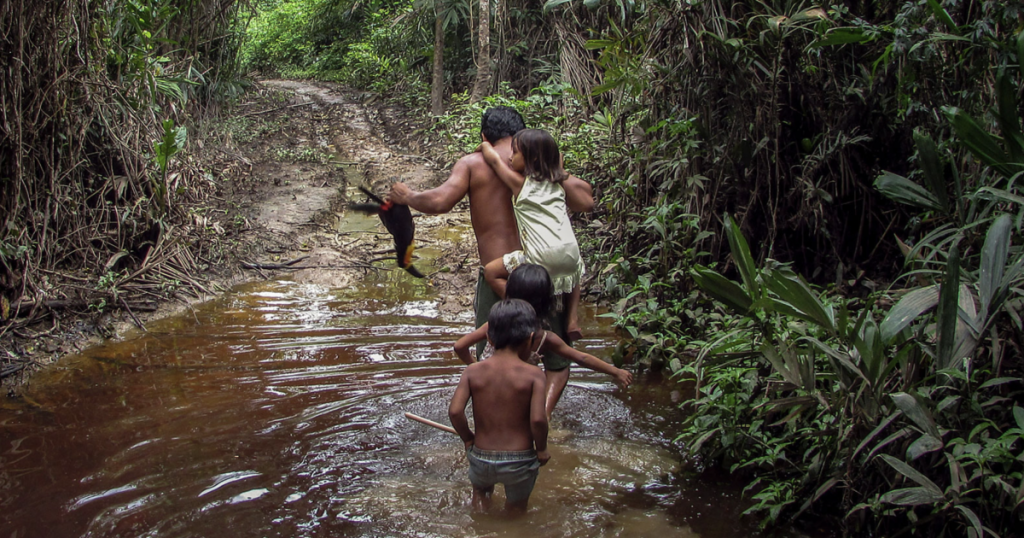Development ‘threatens most indigenous lands globally’
2 min read
Energy infrastructure, commercial agriculture for crops and fuels, mining, and urbanisation are putting intense pressure on indigenous people and their lands worldwide, according to new research published today.
Soaring demand for raw materials from the earth are pushing human activity ever deeper into ecologically intact landscapes, the researchers found. As much as 60 per cent of indigenous lands are currently under threat.
The study was led by scientists from global conservation non-profit The Nature Conservancy (TNC) and published in the journal One Earth.
Pollutants
It harnesses global data and spatial mapping to show that almost 60 per cent of Indigenous Peoples’ lands across 64 countries and all inhabited continents are threatened by industrial development – equivalent to 22.7 million km2.
Renewable energy is a dominant driver of development pressure, particularly in Australia, parts of China, central Africa, Argentina, the US and Pakistan. It affects 42 per cent of indigenous peoples’ lands, predominantly from solar energy (81 per cent), with wind energy a risk to 13 per cent of lands, and hydropower one per cent.
Oil and gas drive 18 per cent of industrial development, especially in Russia, Norway, Ecuador, Guatemala, Paraguay and New Zealand; while commercial agriculture for crops and biofuels is putting pressure on 14 per cent of land, spread over 14 countries, including the Democratic Republic of Congo, India, Indonesia, Vietnam and Nepal.
Mining for coal, metallic and non-metallic resources is a risk to nine per cent of indigenous peoples’ lands, concentrated in around 12 countries including Peru, Sweden, El Salvador and Costa Rica.
Expansion of such projects leads to substantial deforestation, toxic pollutants; contagious diseases and rural violence, the researchers noted. Urbanisation was found to be the dominant threat to four per cent of indigenous peoples’ land globally.
Rights
Despite comprising only 6.2 per cent of the global population, indigenous peoples formally or customarily govern at least one-quarter of the world’s terrestrial surface.
The vast majority – about 92 per cent, or 35.4 million km2 – of indigenous peoples’ lands remain in good to moderate condition due to their care. As such, indigenous people’s lands account for 39 per cent of the earth’s most ecologically intact lands.
Scientists and environmental and human rights campaigners have identified the recognition and upholding of indigenous peoples’ rights as central to efforts to protect biodiversity and mitigate climate change. As such, these rights were enshrined within the UN Kunming-Montreal Global Biodiversity Framework agreed in Canada last December.
However, indigenous people confronting development proposals face substantial challenges, including weak rights to territories and resources; inadequate opportunities for representation and engagement in decision making, and lack of finance to support conservation, the researchers found.





